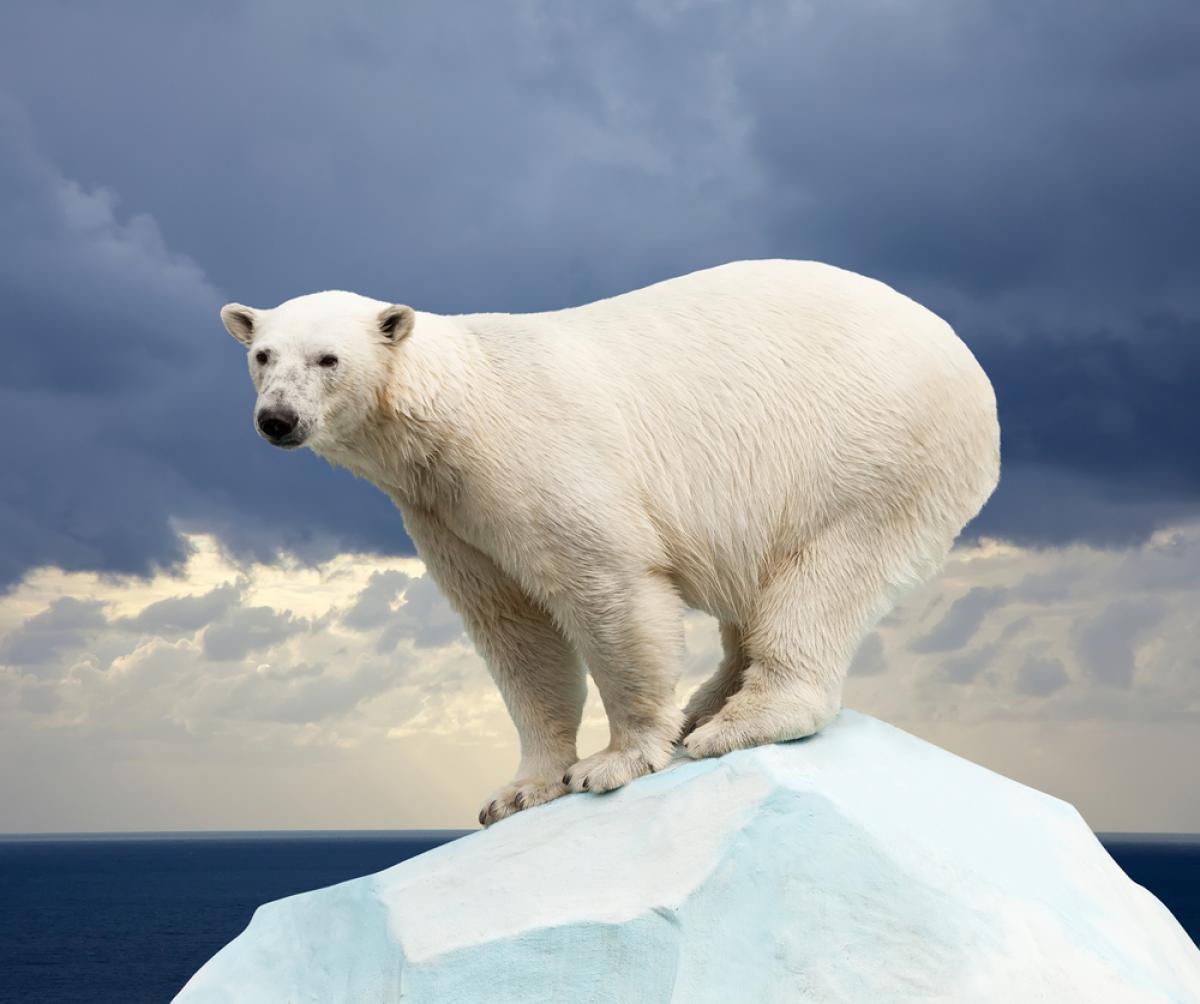
As its Latin name suggests (Ursus maritimus, meaning sea bear), the polar bear is considered to be a marine mammal by northern countries such as Russia, Norway, USA, Greenland. The only exception to this list of courtiers is Canada, which classifies the mammal as a terrestrial bear. These furry beasts inhabit the Arctic areas, where they occupy the top of the food chain by feeding mainly on seals. There are many other interesting facts about these ferocious, yet cute white-furred animals.
# Polar bears’ nose actually reveals their true color of skin
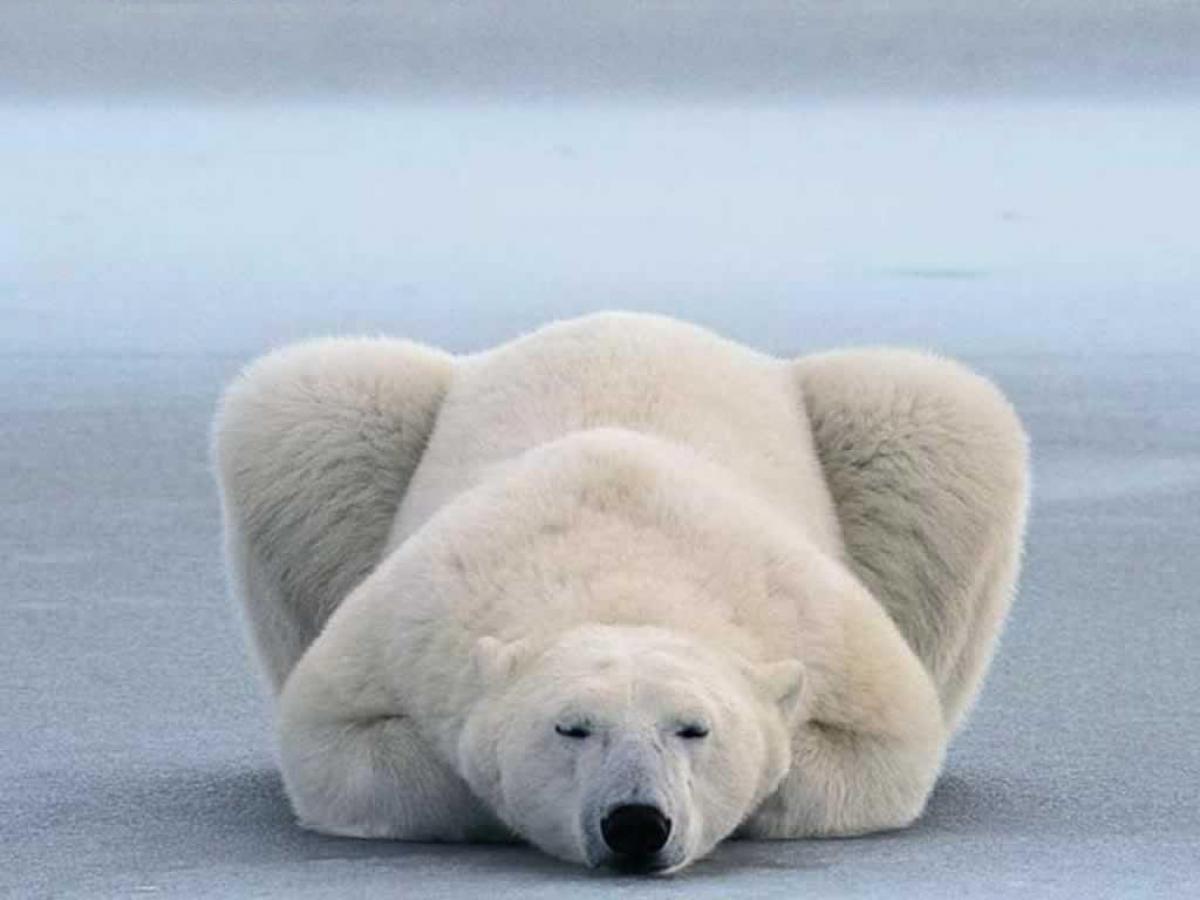
Due to the sun reflection capacity of the polar bear’s thick impenetrable fur, the mammal looks to sport a white-looking coat. In fact, their outer hair, which serves the double function of a camouflage and warm insulation, is colorless or see-through. Yellow or brownish hues are also feasible, depending on the sun position in the sky. Deep underneath the bear’s undercoat, a black color emerges. This is the true color of the skin of this snowy-furred mammal. How interesting!
# Polar bears can suffer from overheating
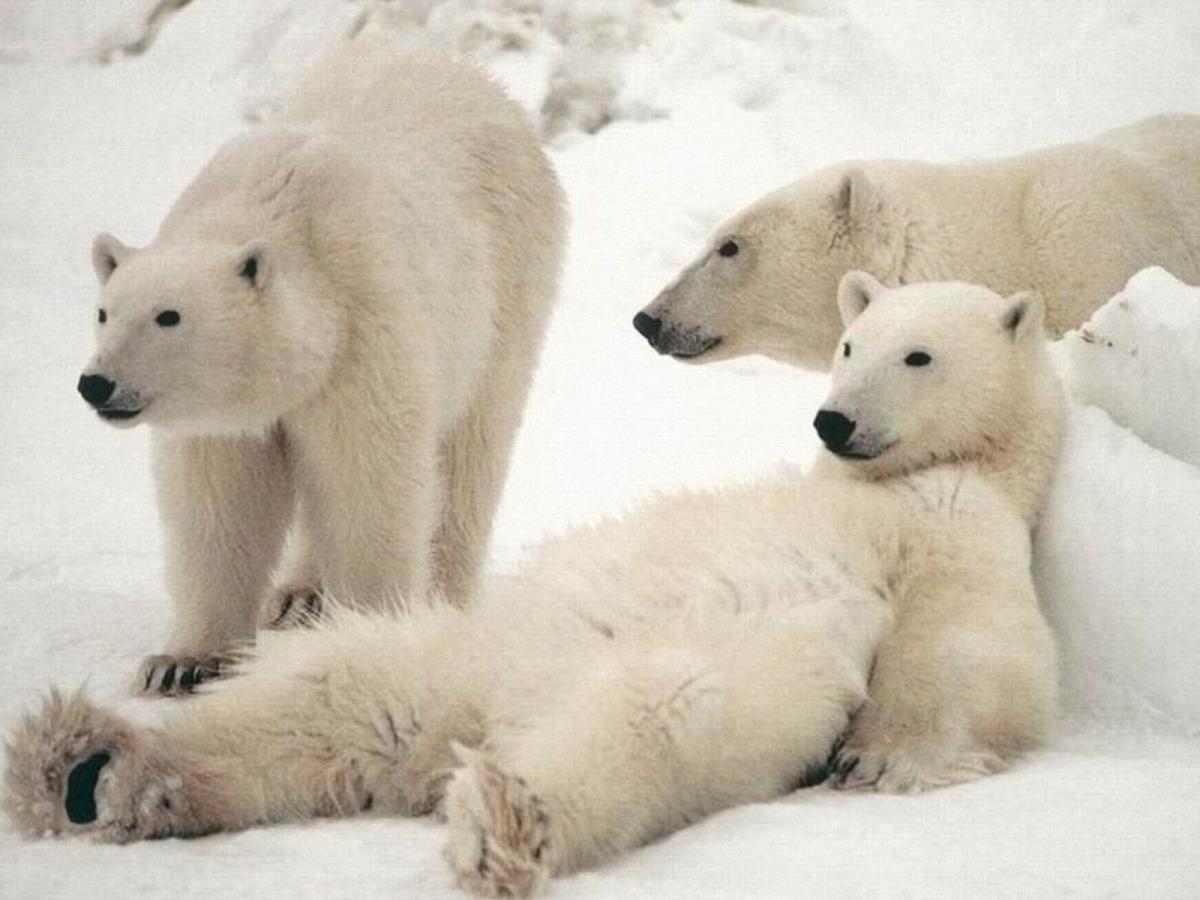
The tough and freezing temperatures of the Arctic exclude the possibility of its inhabitants to feel too hot. Nevertheless, polar bears do overheat. In cases of prolonged running or intensive swimming in warm summer waters, polar bears run the risk of being overheated.
# Polar bears roll in snow to cool off or clean their fur
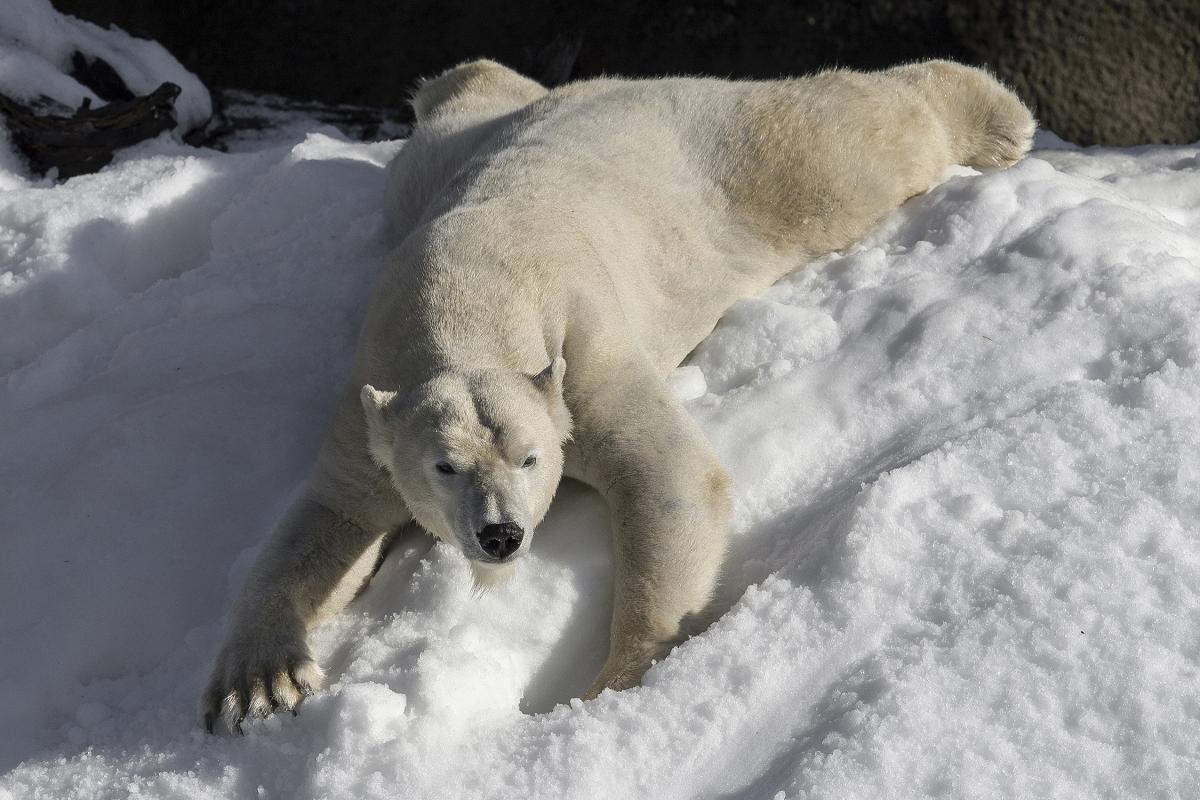
Overheating, as improbable as it may sound, is overcome by rolling in the freezing snow. The immaculate arctic snow also serves the function of cleaning whenever eating time has been dirty enough. The cleaner the fur is, the better insulation properties it furnishes.
# Polar bears can swim really well
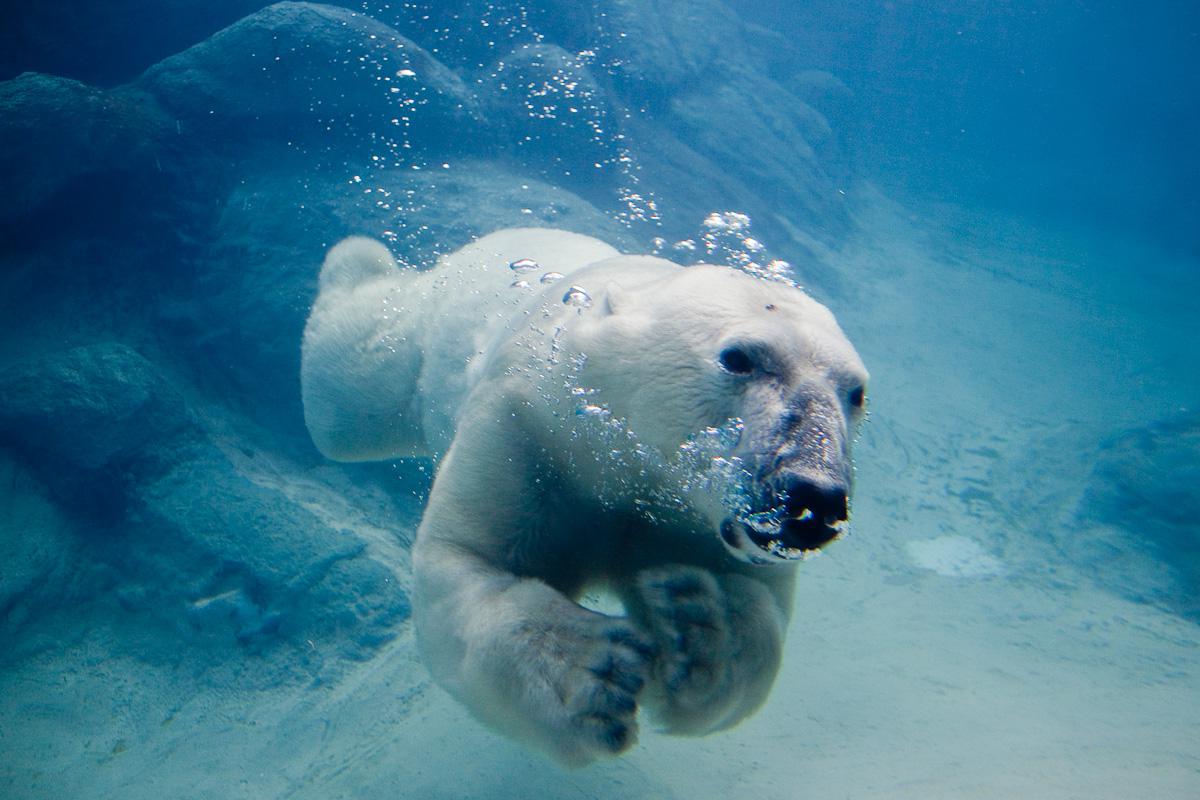
Swimming is vital for the feeding and survival of polar bears. Actually, they are quite fast swimmers. Polar bears can swim as fast as 10 kph(6 mph); this fabulous speed is enhanced by the fact that they are furnished with webbed paws that easily cut through the cold ocean waters. Fast speed of swimming is not the only amazing ability possessed by polar bears. Incessant swimming across distances of 100 km is just as unbelievable. The longest recorded distance, swum by a polar bear, was in 2011 when a female bear together with her cub set off on a swimming journey of 680 km in the ocean, trying to find a new home. Her cub could not make it, unfortunately. The mother managed to reach land after nine days; the long exhaustive swimming cost her almost a quarter of her weight. This appears to be quite a heroic deed, on the one hand, and, on the other, the nonstop swimming turns out to be indicative of the perilously changing environment.
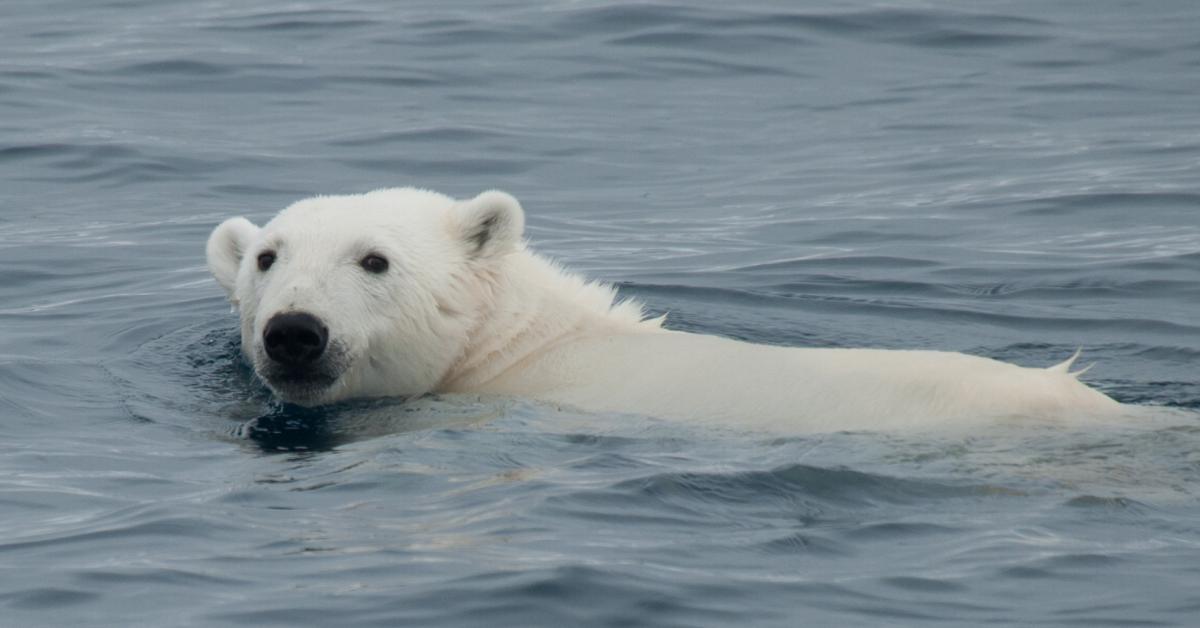
# Sniff, sniff…Polar bears have excellent smelling capabilities
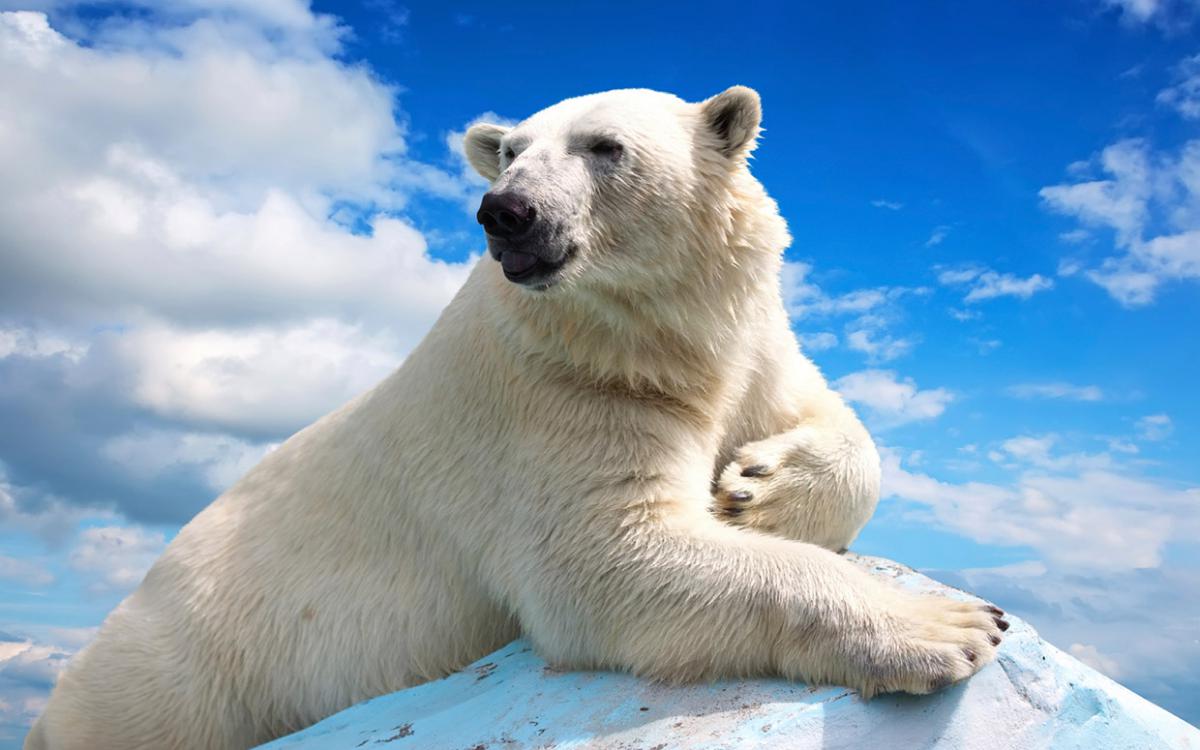
They can smell a seal as far as one kilometer away. The tasty meal can be easily detected due to the polar bear’s razor-sharp sense of smell. The spotting distance can even be increased to 32 km(20 miles) if the prey comes up on the open ice. This sort of diet is particularly nourishing, since the seal’s blubber provides fat and valuable calories for the bears.
# Polar bear cubs weigh as much as a guinea pig
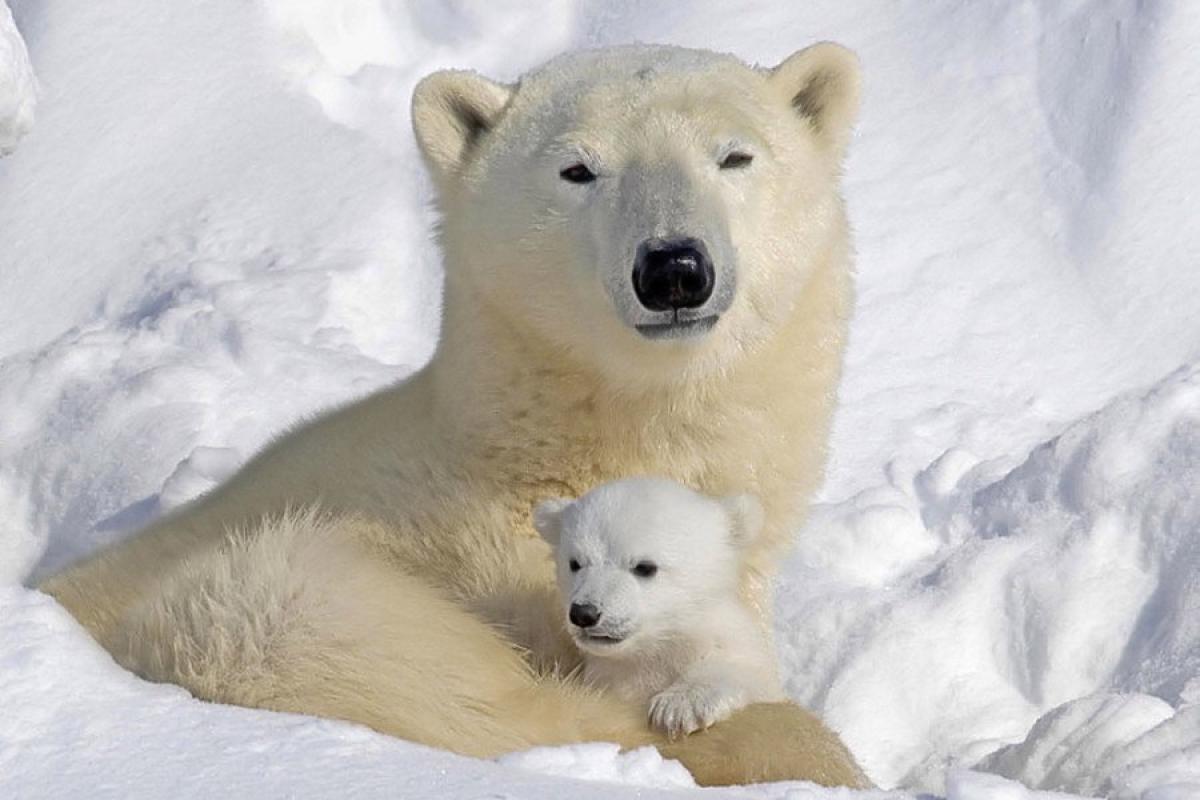
By the time polar bears reach adulthood, they weigh over 500 kg. However, when they are still young cubs, their weight equals that of a fully grown guinea pig. Such a tiny vulnerable creature stays close to its mother until it becomes two years old. The warmth and protection provided by the mother is crucial for the well being of the young in the harsh arctic living conditions.
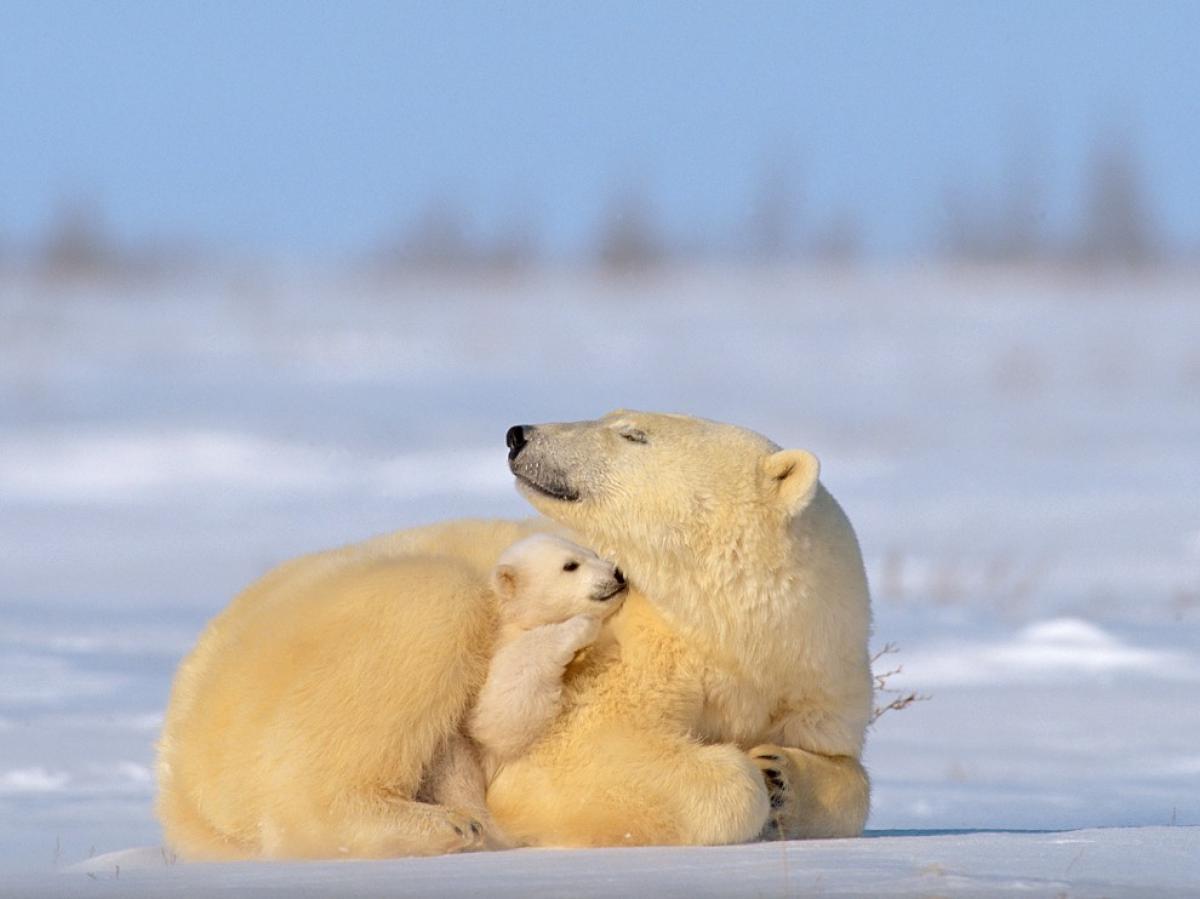
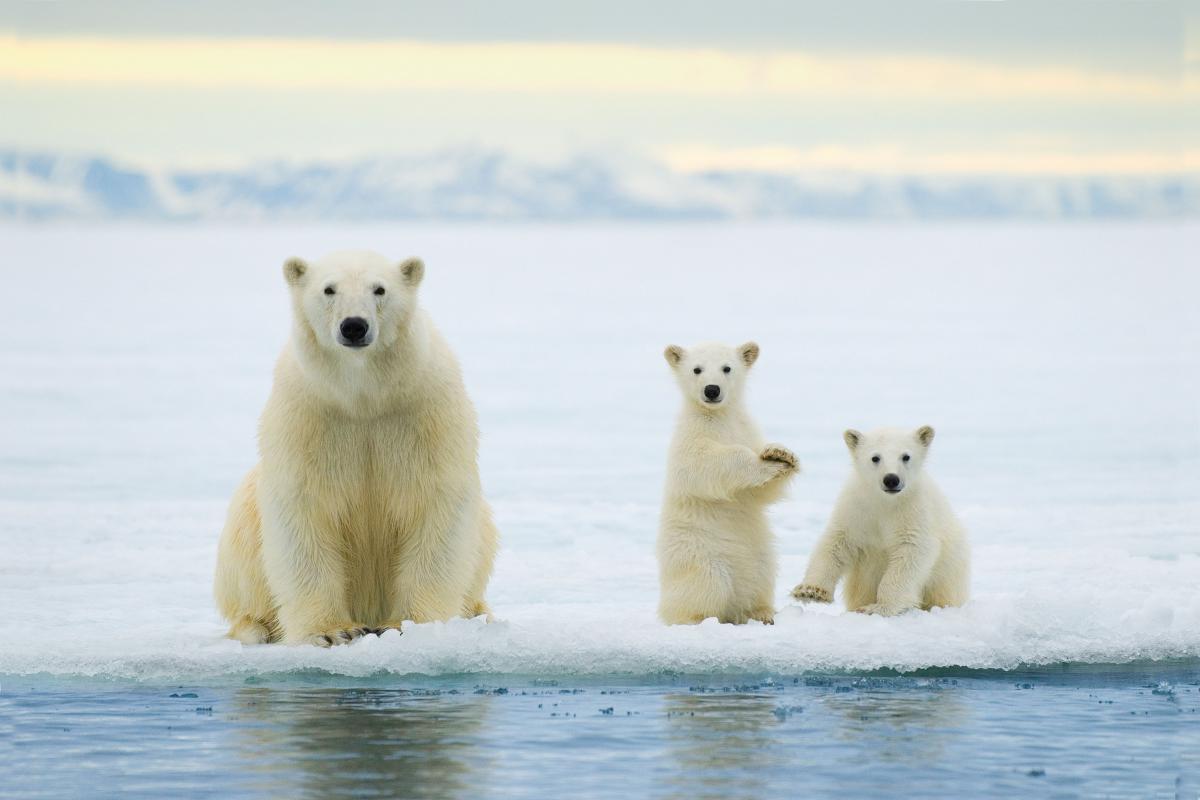
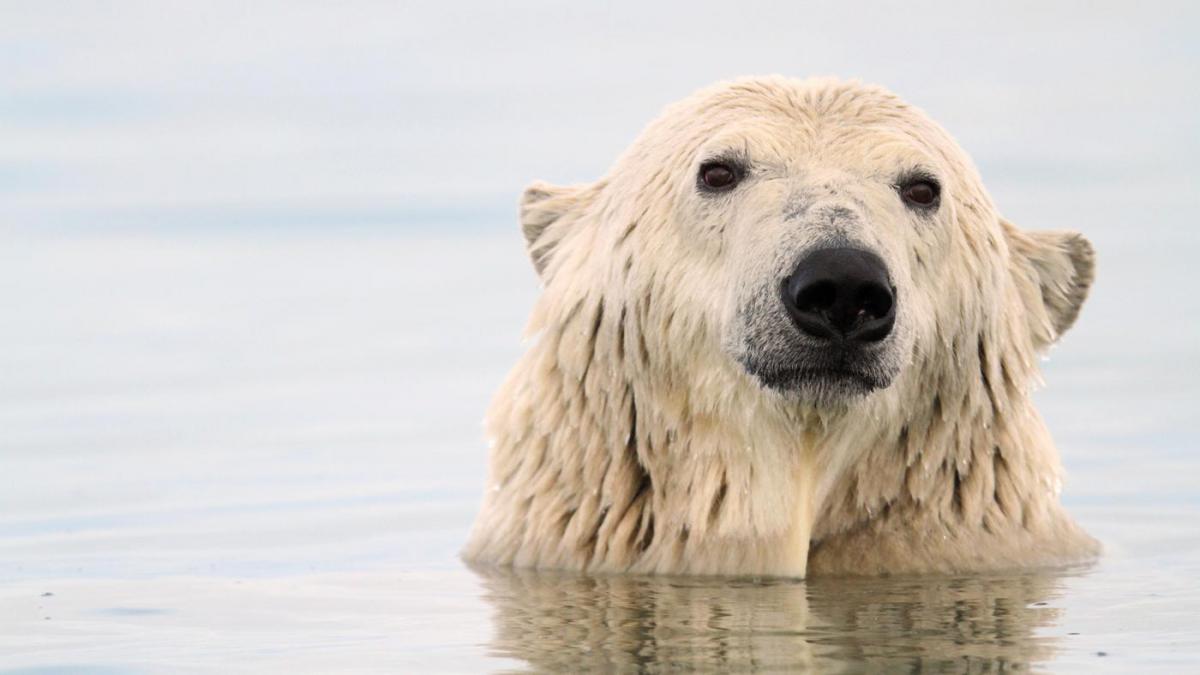
The process of food searching and hunting is an energy-consuming and exhausting one. This process is becoming more and more devastating for the polar bears since their hunting “ground” begins to melt and prey is getting hard to find.
Unfortunately, these cool and awesome mammals are classified as threatened, endangered or vulnerable due to unfavorable climate changes such as global warming.
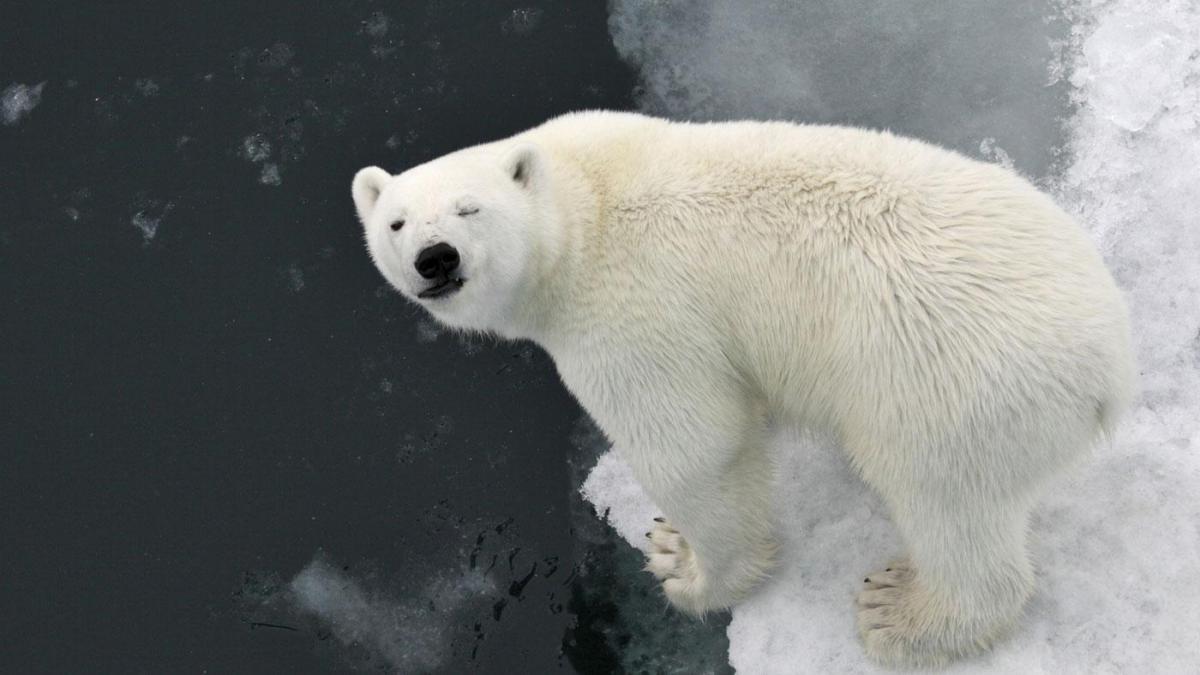
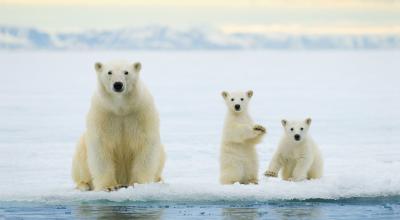
Leave a Reply